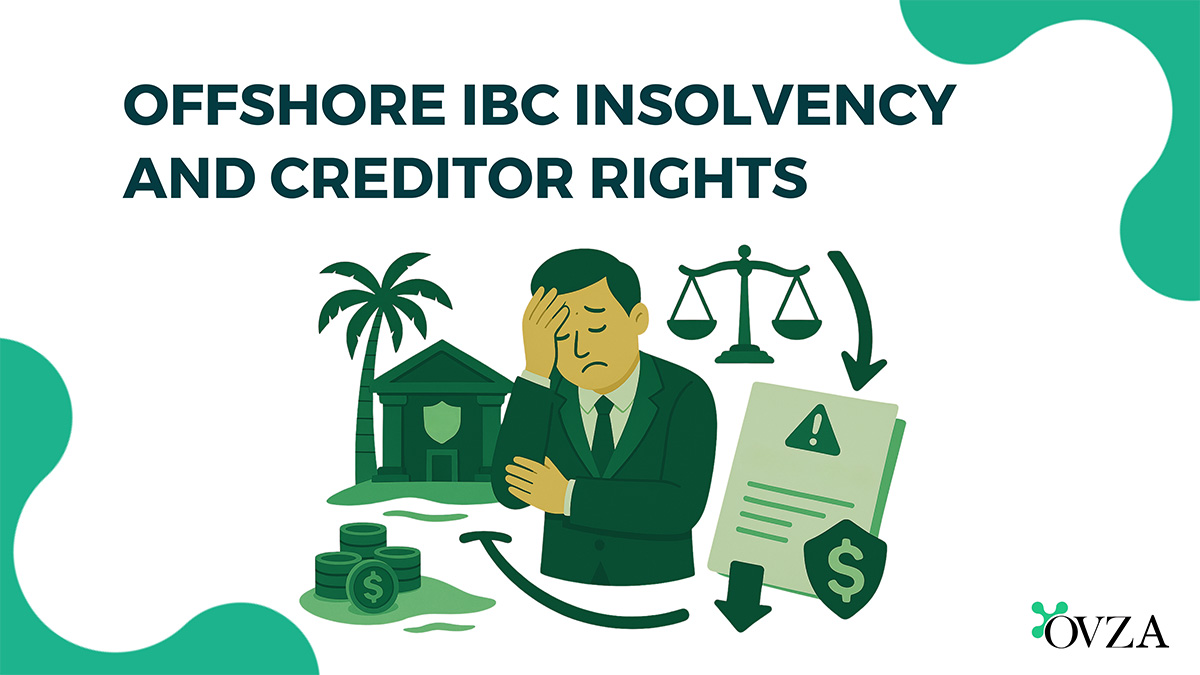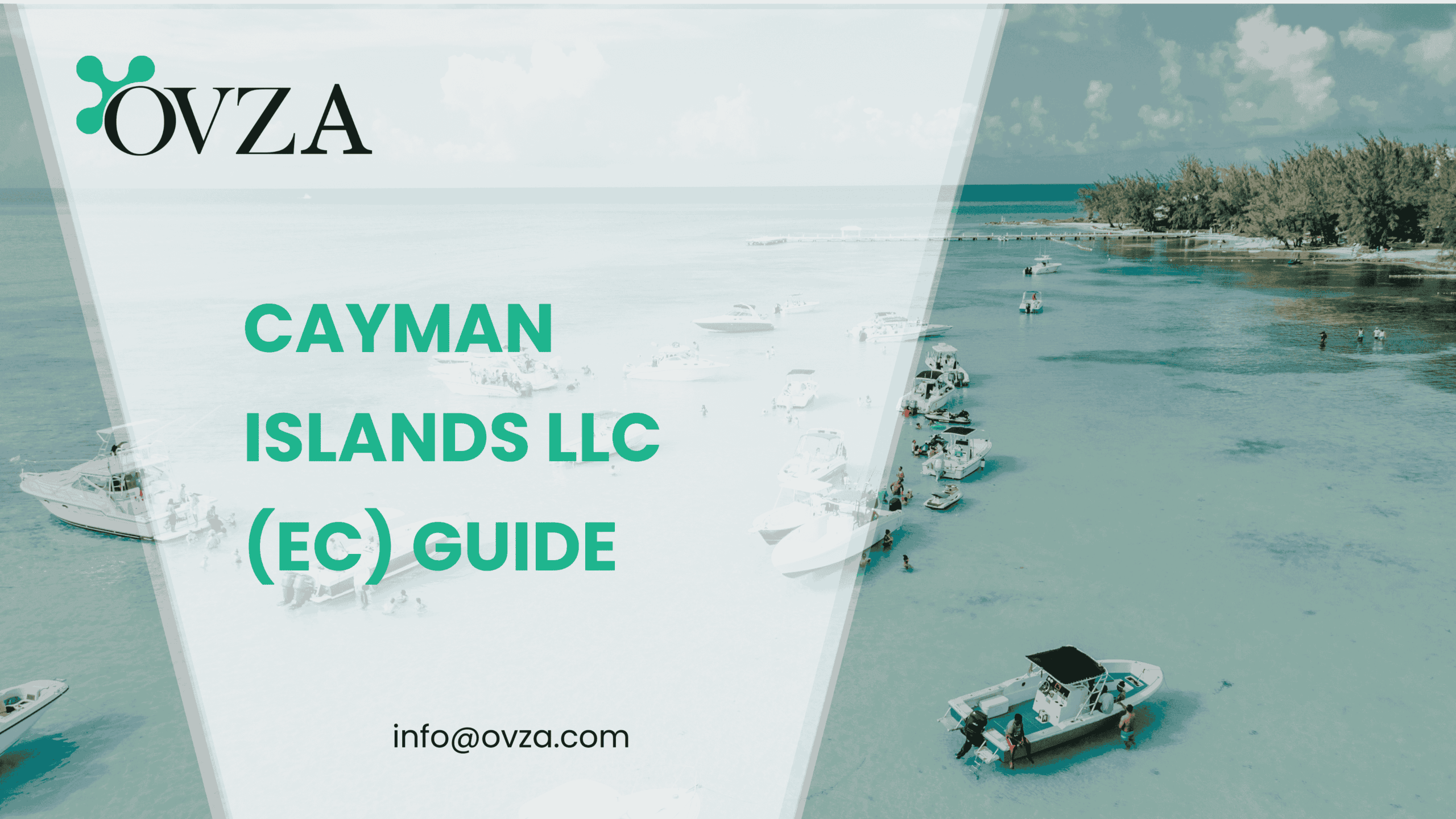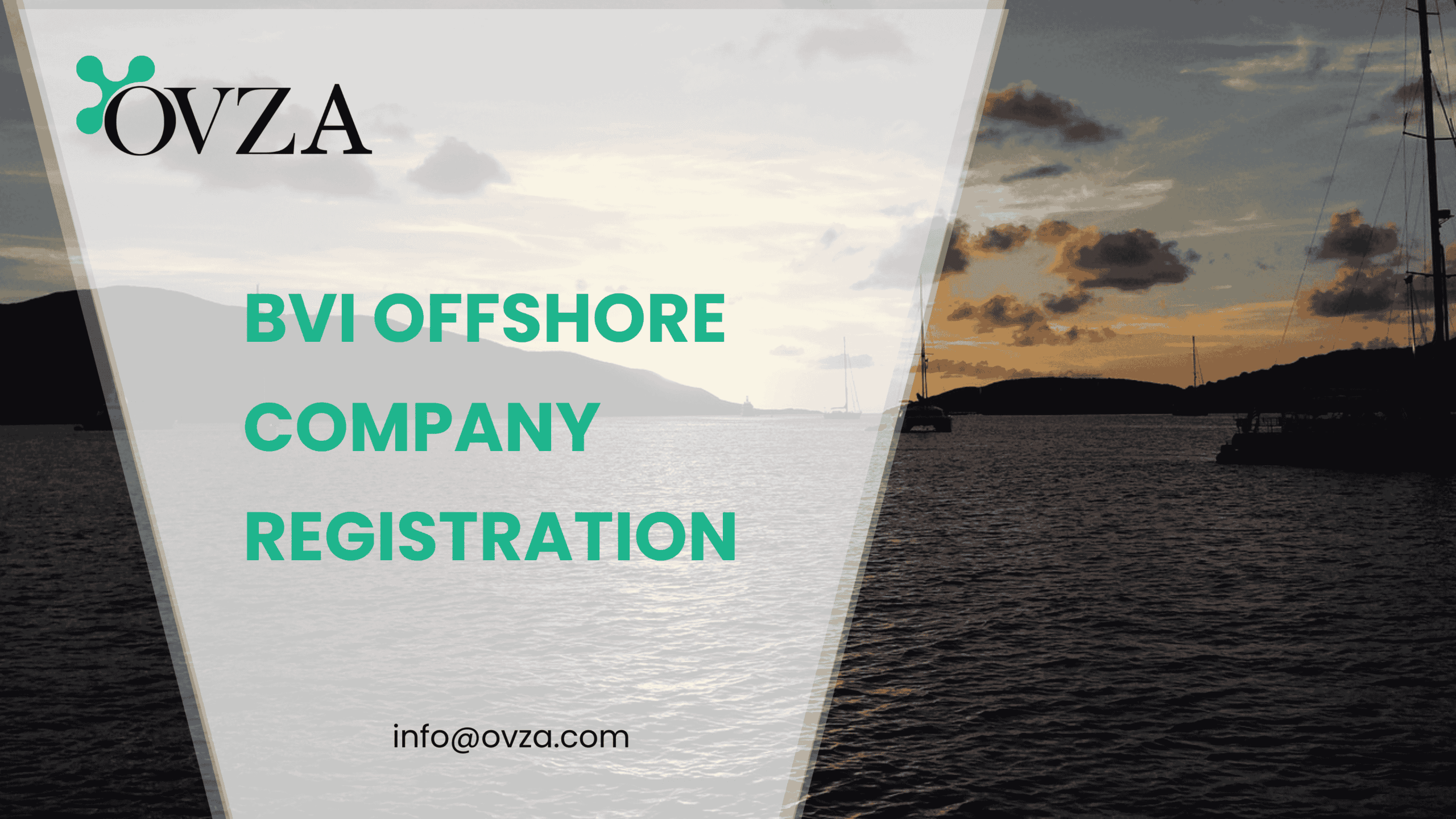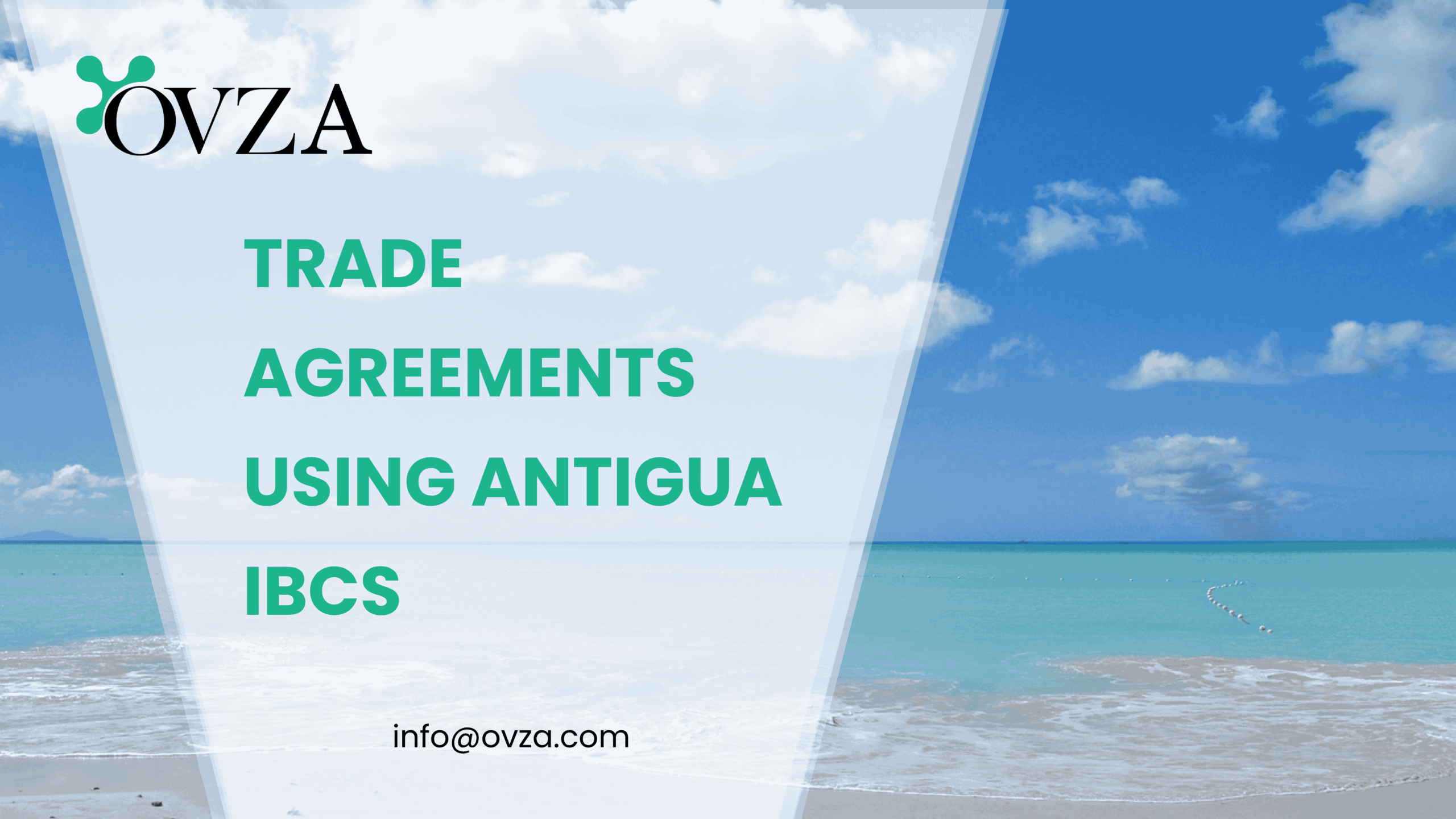Creditor enforcement and insolvency rules for offshore IBCs cover cross-border recognition, liquidation procedures, and asset recovery challenges. Offshore IBC insolvency and creditor rights involve a complex interplay of corporate law, cross-border enforcement, and asset protection regimes. When an International Business Company becomes insolvent, the legal remedies available to creditors are determined not only by the laws of the incorporating jurisdiction but also by the recognition and enforceability of those rights across foreign courts where assets may be held. Jurisdictions such as the British Virgin Islands and Seychelles provide statutory frameworks for liquidation and creditor recovery, yet practical enforcement often hinges on international cooperation, transparency obligations, and the ability to trace assets through layered structures. As global regulatory standards continue to evolve, legal practitioners must navigate a fragmented legal environment where creditor protection increasingly intersects with offshore confidentiality and structural complexity.
Legal Framework and Jurisdictional Limits
The issue of offshore IBC insolvency and creditor rights sits at the intersection of corporate law, cross-border enforcement, and asset recovery regimes. International Business Companies (IBCs), typically incorporated under the laws of jurisdictions such as the British Virgin Islands, Seychelles, or Belize, are treated as separate legal persons under the incorporation statutes of their respective jurisdictions. This distinct legal personality affords IBCs operational flexibility and limited liability, but also creates challenges when such companies enter insolvency or become subject to enforcement proceedings initiated by creditors.
In the British Virgin Islands, for instance, the BVI Insolvency Act, 2003 governs the winding up of companies, including IBCs. The Act provides for both voluntary and compulsory liquidation, with appointed liquidators possessing broad investigative and recovery powers. Importantly, creditors have standing to petition the court for liquidation based on the company’s inability to pay debts, provided they satisfy the statutory requirements for demand and non-payment. Despite the territorial scope of such laws, the extraterritorial reach of asset tracing and creditor enforcement often depends on cooperation from foreign jurisdictions, particularly where the IBC holds property or bank accounts abroad.
Insolvency of an offshore IBC generally triggers a stay of proceedings and consolidation of creditor claims under the supervision of the domestic courts of incorporation. However, this does not preclude parallel litigation or recognition applications in jurisdictions where the IBC owns assets or has established financial relationships. The UNCITRAL Model Law on Cross-Border Insolvency has been adopted in modified form by several jurisdictions, including the BVI and the Cayman Islands, to facilitate the recognition of foreign insolvency proceedings and to coordinate the administration of transnational estates. Where applicable, this framework allows for greater procedural coherence, although domestic priorities and public policy considerations may limit its application.
In jurisdictions such as Seychelles, insolvency procedures for IBCs are governed by the Insolvency Act, 2013, which includes statutory guidance on fraudulent trading, creditor preferences, and director liability. Directors of an insolvent IBC may face civil consequences if they continue to trade while aware of the company’s financial distress, a principle derived from common law wrongful trading doctrines. These provisions are critical to the equitable treatment of creditors and the deterrence of abuse within offshore frameworks.
Creditors seeking to enforce claims against an insolvent offshore IBC must also contend with the corporate structure and asset protection mechanisms often embedded in such entities. Assets may be shielded through nominee holdings, discretionary trusts, or layered company arrangements across multiple jurisdictions. While these structures are lawful when implemented for legitimate purposes, courts may look through such devices if there is evidence of fraud, sham, or intention to frustrate creditors. The doctrine of piercing the corporate veil, though narrowly applied in most common law systems, remains relevant in egregious cases where the IBC is merely an instrumentality of its beneficial owners.
The legal tension between creditor rights and offshore asset protection has prompted increasing scrutiny from international bodies such as the Financial Action Task Force (FATF) and the OECD. While neither body regulates insolvency law directly, their guidelines on transparency, beneficial ownership disclosure, and AML standards influence how offshore jurisdictions structure their legal responses to creditor actions. These standards also affect whether and how courts cooperate in cross-border enforcement actions involving offshore companies.
Liquidation Mechanisms, Priority of Claims, and Judicial Oversight
The framework for offshore IBC insolvency and creditor rights typically follows a creditor-led liquidation model under which claims are prioritized according to statutory hierarchies. These priorities are generally uniform across offshore jurisdictions that follow English common law, placing secured creditors and liquidation expenses at the top, followed by preferential claims such as employee wages or unpaid taxes, and finally unsecured creditors. Shareholders rank lowest in priority and typically recover only if all creditors are satisfied in full.
In the British Virgin Islands, Section 207 of the Insolvency Act, 2003 outlines the order of distribution of assets during liquidation. Similar frameworks exist under the Seychelles Insolvency Act and the Belize International Business Companies Act, which have been harmonized in part with global expectations of equitable distribution, particularly in the context of transnational insolvency claims. These statutory orders may be modified by contractual subordination agreements or security interests perfected in accordance with local law.
When an IBC enters insolvency proceedings, creditors may file proof of debt with the appointed liquidator and may challenge improper asset transfers, fraudulent preferences, or undervalued transactions. Insolvency statutes in most offshore jurisdictions provide liquidators with clawback powers allowing them to unwind transactions that improperly deplete the company’s estate. Such remedies may extend to transactions made with related parties or under circumstances that would prejudice the legitimate expectations of arm’s length creditors. These doctrines, while familiar in onshore insolvency practice, are increasingly relied upon in offshore contexts where asset concealment is more prevalent.
Creditors may also seek recognition of their claims in foreign jurisdictions where the IBC holds bank accounts, real estate, or securities. Recognition of offshore insolvency orders may be granted under local private international law rules or under treaties and model law implementations. The extent to which an offshore insolvency proceeding will be recognized abroad depends on the jurisdiction’s domestic law and the legal nature of the relief sought. Not all jurisdictions treat insolvency judgments as enforceable, particularly where the foreign court is not deemed to have sufficient jurisdictional connection to the matter.
Insolvency of offshore companies also raises questions about the enforceability of arbitration clauses and forum selection agreements in the event of debtor insolvency. Although such clauses remain binding in many commercial contexts, insolvency courts may assume jurisdiction over disputes involving insolvent estates where it is in the interests of creditor equality and procedural efficiency. This creates an area of friction between contractual obligations and insolvency law, particularly when arbitration is seated in jurisdictions other than that of incorporation.
A specific complication arises when dealing with offshore IBC insolvency and creditor rights in the context of banking relationships. Offshore companies frequently rely on banking or electronic money institutions (EMIs) located in third countries, and the proceeds of these accounts may be governed by the law of the financial institution’s domicile. In such cases, liquidators may face procedural and substantive challenges in obtaining release of account balances, particularly where local authorities freeze funds in response to regulatory inquiries or where the EMI invokes indemnification clauses. Legal coordination with financial institutions in such jurisdictions is essential, and frequently includes the submission of apostilled documents, recognition orders, or letters rogatory.
Where trusts or nominee arrangements are involved, creditors may attempt to challenge transfers into such structures on the grounds of fraudulent conveyance. Offshore jurisdictions typically uphold the validity of trusts unless it can be proven that the trust was established with the specific intent to defraud known creditors. These cases often hinge on timing, control, and the availability of clear documentation demonstrating the purpose and independence of the trust. In litigation involving cross-border trust disputes, courts may refer to international instruments such as the Hague Trusts Convention, though its applicability varies based on local ratification and recognition standards.
Enforcement Limitations and Evolving Norms
One of the most complex elements of offshore IBC insolvency and creditor rights is the enforcement of judgments across jurisdictions. Even where liquidation orders are granted in the jurisdiction of incorporation, the practical enforcement of those orders against bank accounts, securities, or real assets located elsewhere depends on the willingness of foreign courts to recognize the insolvency and the legal authority of the liquidator. In jurisdictions where public policy considerations, currency controls, or banking secrecy laws remain in effect, cooperation with offshore proceedings may be restricted or subject to judicial discretion.
Creditor rights are further complicated by the anonymous or opaque nature of many IBC ownership structures. While international standards increasingly require beneficial ownership disclosure through registered agents or competent authorities, public registers are still not uniformly implemented across offshore jurisdictions. This impedes creditors’ efforts to trace and attach assets held indirectly through layers of corporate or trust arrangements. Nonetheless, reforms promoted by the OECD Global Forum and EU AML Directives are placing pressure on jurisdictions to adopt centralized, accessible beneficial ownership frameworks that can support both insolvency and enforcement actions.
It is essential to distinguish between the internal governance failure of an IBC and external creditor strategies that rely on procedural coordination. Many insolvencies are not due to asset depletion but rather structural opacity or regulatory complications that make enforcement difficult. This dynamic has led to increased reliance on private investigations, asset tracing litigation, and even insolvency practitioner networks to recover creditor value. Practitioners handling offshore IBC insolvency and creditor rights often work in tandem with legal counsel in other jurisdictions to issue Mareva injunctions, commence foreign recognition proceedings, or challenge asset protection schemes under local fraudulent transfer laws.
In some jurisdictions, courts are increasingly willing to entertain arguments that the IBC was a mere façade for its beneficial owners, particularly where corporate formalities were disregarded or the company failed to maintain books and records as required under incorporation statutes. These veil-piercing cases remain exceptional but underscore the judicial trend toward substantive review over formal legal structure in insolvency and creditor recovery actions.
International standards continue to evolve around the transparency, accountability, and enforceability of offshore structures. Tools such as country-by-country reporting, automatic exchange of information, and multilateral cooperation on insolvency frameworks are gradually harmonizing creditor rights against offshore assets. However, significant legal and practical obstacles remain, particularly in jurisdictions that maintain low disclosure thresholds or lack treaty arrangements.
Conclusion
The legal regime governing offshore IBC insolvency and creditor rights is complex, fragmented, and deeply shaped by the interaction between local statutes and cross-border enforcement mechanisms. While offshore IBCs offer limited liability and asset protection benefits, those advantages must be reconciled with creditor rights, judicial cooperation, and statutory duties under insolvency law. Liquidators, creditors, and legal counsel must navigate divergent insolvency frameworks, international recognition standards, and the practical limitations of recovering assets dispersed across jurisdictions.
The strength of any offshore structure rests not only on the laws of the incorporating jurisdiction but also on the legitimacy of its purpose and the transparency of its governance. As global norms shift toward greater creditor protection and regulatory oversight, the legal sustainability of offshore IBCs in insolvency scenarios will increasingly depend on structural integrity, proper documentation, and cross-jurisdictional compliance. Insights drawn from broader offshore structuring challenges illustrate the growing need for legal precision and strategic foresight in designing offshore companies that can withstand judicial scrutiny in times of financial distress.
Disclaimer: The information provided on this website is intended for general reference and educational purposes only. While OVZA makes every effort to ensure accuracy and timeliness, the content should not be considered legal, financial, or tax advice.










